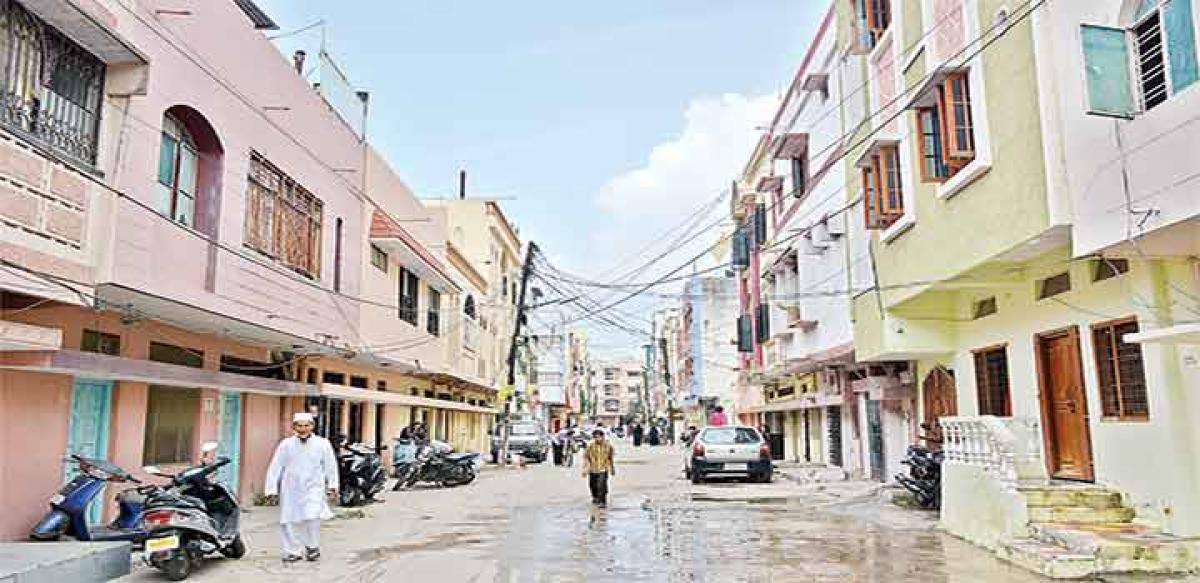The Majlis e Aaraish e Balda or the City Improvement Board was set up in 1912 for civic improvements after the devastating Musi river floods of 1908. The building was constructed by Nizam as part of the ‘Basheerbagh’ garden complex in the 18th century and Sir Nizamat Jung, the owner of the Hill Fort Palace was appointed as the first Secretary of the Board and he remained in office for nearly three decades supervising the city’s improvement schemes. In 1958, the building and the surrounding site was was handed over to the Gandhi Medical College, where it became the Principal’s Office, it was transferred to the Tourism Department in 2003 when the college shifted to a new campus.
The CIB building is a one-storey structure constructed with stone and brick masonry walls, with plaster and ornamental carvings in lime. The internal part of the building is surrounded by an arcaded corridor and an entrance portico. The decorative parapet consists of chhatris at the terrace level.
The Majlis e Aaraish e Balda or the City Improvement Board was set up in 1912 for civic improvements after the devastating Musi river floods of 1908. The building was constructed by Nizam as part of the ‘Basheerbagh’ garden complex in the 18th century and Sir Nizamat Jung, the owner of the Hill Fort Palace was appointed as the first Secretary of the Board and he remained in office for nearly three decades supervising the city’s improvement schemes. In 1958, the building and the surrounding site was was handed over to the Gandhi Medical College, where it became the Principal’s Office, it was transferred to the Tourism Department in 2003 when the college shifted to a new campus.
The CIB building is a one-storey structure constructed with stone and brick masonry walls, with plaster and ornamental carvings in lime. The internal part of the building is surrounded by an arcaded corridor and an entrance portico. The decorative parapet consists of chhatris at the terrace level.
